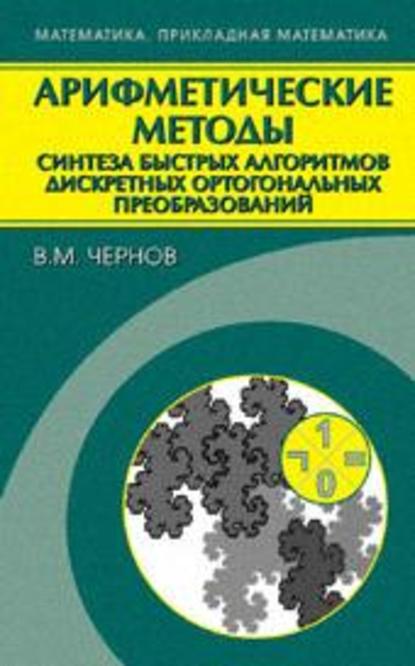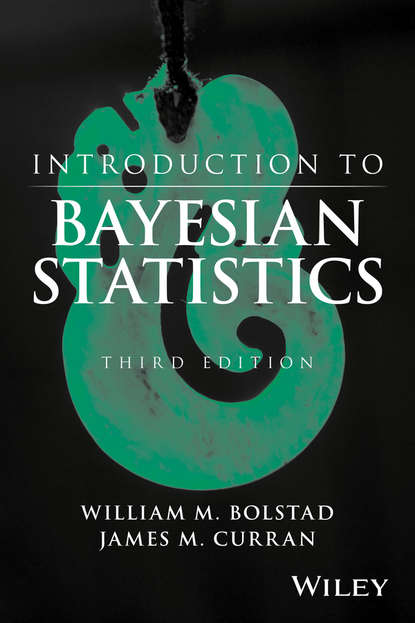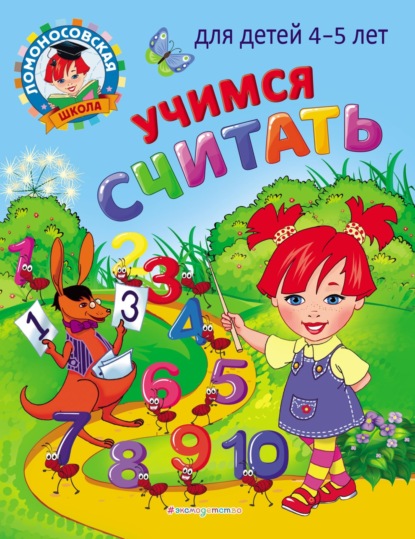Книга "Statistical Analysis with Missing Data" является важным вкладом в литературу прикладной статистики. Авторы Родерик Литтл и Дональд Рубин рассматривают проблему статистического анализа наборов данных с недостающими значениями, для которой стандартные методы ограничены. В книге представлены как исторические подходы к решению этой проблемы, так и новые методы на основе байесовской статистики, включая метод множественной импутации. Авторы описывают теорию и применение методов статистического анализа с недостающими значениями, основанных на правдоподобиях, полученных из статистических моделей для данных и механизма недостающих значений. Книга содержит множество примеров и упражнений, а также расширенный список литературы. Первое издание книги стало стандартным справочником по методам работы с недостающими данными, а второе издание включает новые разделы, расширенное описание байесовской методологии и применение методов в различных контекстах, включая регрессионный анализ, факторный анализ, анализ таблиц сопряженности, анализ временных рядов и опросных данных. Книга является обязательным пособием для прикладных статистиков и методистов статистических агентств.
Readers who encounter issues with missing data are often disappointed when standard techniques prove inadequate. Statistical Analysis with Missing Data: A Second Edition brings together under one volume significant advances in the field of missing-data estimation, simulation, and analysis that have occurred since the First Edition (2004) that was lauded by the profession. Widely used in such settings as social sciences, biomedical studies, and survey sampling, Second Edition offers graduates, researchers, faculty members, and professionals without advanced preparation a valuable resource on modern methods for inference and analysis of incomplete-data sets.
Blending rigor and ease, coauthors Donald Rubin (Statistics) and Roderick J. A. Little (University of California, San Diego) explain historical developments and outline modern standards in treatment of missing data.
Features of Second Edition include new content, revised discussions, increased coverage of subjective Bayesian inferences, and more applications in areas such as regression, factor analyses, and contingency-table analyses. Additionally, readers can access discussion forums that pose end-of chapter exercises and pertinent datasets, which help familiarize readers with realistic scenarios.
Электронная Книга «Statistical Analysis with Missing Data» написана автором Donald Rubin B. в году.
Минимальный возраст читателя: 0
Язык: Английский
ISBN: 9781118625866
Описание книги от Donald Rubin B.
Praise for the First Edition of Statistical Analysis with Missing Data «An important contribution to the applied statistics literature.... I give the book high marks for unifying and making accessible much of the past and current work in this important area.» —William E. Strawderman, Rutgers University «This book…provide[s] interesting real-life examples, stimulating end-of-chapter exercises, and up-to-date references. It should be on every applied statistician’s bookshelf.» —The Statistician «The book should be studied in the statistical methods department in every statistical agency.» —Journal of Official Statistics Statistical analysis of data sets with missing values is a pervasive problem for which standard methods are of limited value. The first edition of Statistical Analysis with Missing Data has been a standard reference on missing-data methods. Now, reflecting extensive developments in Bayesian methods for simulating posterior distributions, this Second Edition by two acknowledged experts on the subject offers a thoroughly up-to-date, reorganized survey of current methodology for handling missing-data problems. Blending theory and application, authors Roderick Little and Donald Rubin review historical approaches to the subject and describe rigorous yet simple methods for multivariate analysis with missing values. They then provide a coherent theory for analysis of problems based on likelihoods derived from statistical models for the data and the missing-data mechanism and apply the theory to a wide range of important missing-data problems. The new edition now enlarges its coverage to include: Expanded coverage of Bayesian methodology, both theoretical and computational, and of multiple imputation Analysis of data with missing values where inferences are based on likelihoods derived from formal statistical models for the data-generating and missing-data mechanisms Applications of the approach in a variety of contexts including regression, factor analysis, contingency table analysis, time series, and sample survey inference Extensive references, examples, and exercises Amstat News asked three review editors to rate their top five favorite books in the September 2003 issue. Statistical Analysis With Missing Data was among those chosen.



















